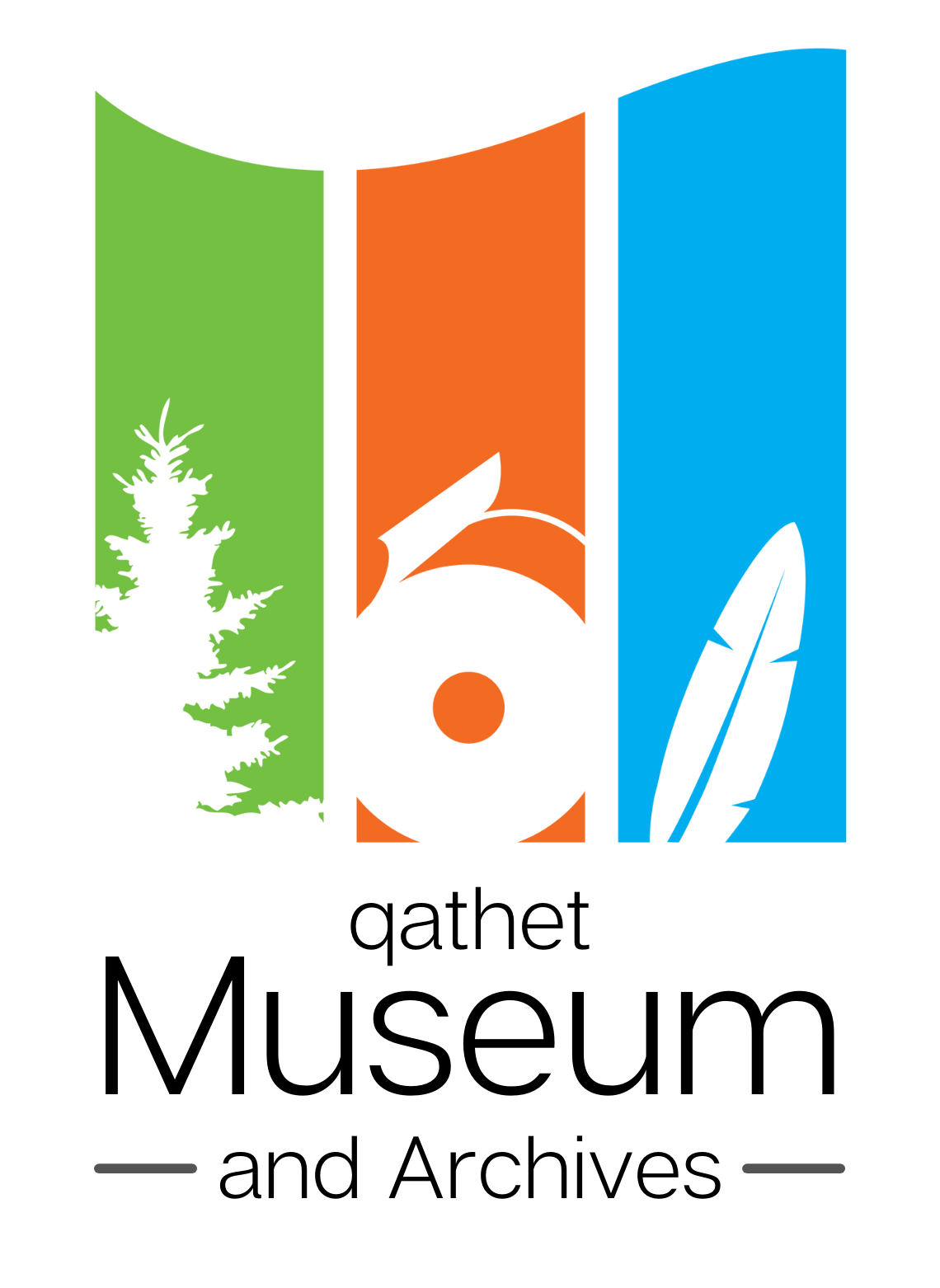Your cart is currently empty!

Indigenous History

Tla’amin Nation
The Tla’amin Nation is one of several Coast Salish cultures inhabiting the area surrounding the Georgia Strait. Traditional Tla’amin lands include the areas on the Northern Sunshine Coast from Stillwater (Lang Bay), north to the Malaspina Peninsula, and the islands of Cortes, Savary, Hernando, Harwood and the northern half of Texada.
In the late 19th century, when the Pacific Coast was undergoing European development and industrialization, the Tla’amin Nation was relocated to the village of Sliammon (IR#1). The paper mill was built on the traditional territory of the Tla’amin Nation at the site of the village known as tiskʷat.
In 2007, the Tla’amin Nation, then called the Sliammon First Nation (SFN) entered into a temporary storage agreement with the qathet Museum for a large number of Tla’amin Nation cedar baskets. The qathet Museum is holding these baskets in trust for the Tla’amin Nation, and will be returning them upon the completion of their new cultural centre and museum.
A new treaty was signed with the Province of British Columbia and the Government of Canada in 2016, establishing the self-governing Tla’amin Nation as it is today.
We encourage you to visit these sites to learn more from the people of the Tla’amin Nation:
- Tla’amin Nation’s website
- Written as I Remember It: Teachings (Ɂəms tɑɁɑw) from the Life of a Sliammon Elder by Elsie Paul in collaboration with Davis McKenzie, Paige Raibmon & Harmony Johnson










Fish Traps – WUXOΘƐN
Indigenous people have extensive knowledge of the natural world and its interconnections. We can see this with their use of fish traps. The Tla’amin, Klahoose, Homalco, and Comox people engineered the traps to catch fish and other food sources from the ocean. Building the traps along the coastline allowed the Coast Salish people to sustain large populations. As the tide went out, fish were trapped, making them easier to catch. The traps were constructed of different geometric shapes that enabled them to catch different types of fish. For Indigenous people today, these fish traps are part of their heritage passed down by their ancestors. At low tide, the traps look like structures at Willingdon Beach, along the Seawalk, and at Sliammon’s beachfront.
This video from the Tla’amin Nation tells some of their stories of their fish traps along our coast and how the traps were used:
Cedar
Cedar is a widely recognized symbol of the Northwest Coast. For thousands of years, this versatile wood has played a vital role in the lives of Indigenous people of the Pacific Northwest. Cedar is a key natural resource in the production of material goods, and plays an integral role in the traditional beliefs, spiritual beliefs, and ceremonial life of Coast Salish groups. The Story of Cedar tells more about its role and uses.

Sliammon Documentary
A Film by Tla’amin Nation
This documentary featuring Elsie Paul looks at Tla’amin life and lands . It was produced by Grace Adams and directed by Evan Adams and Jan Padgett.

